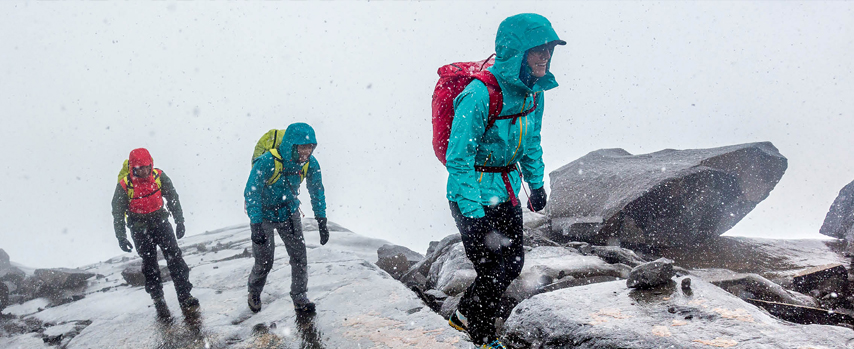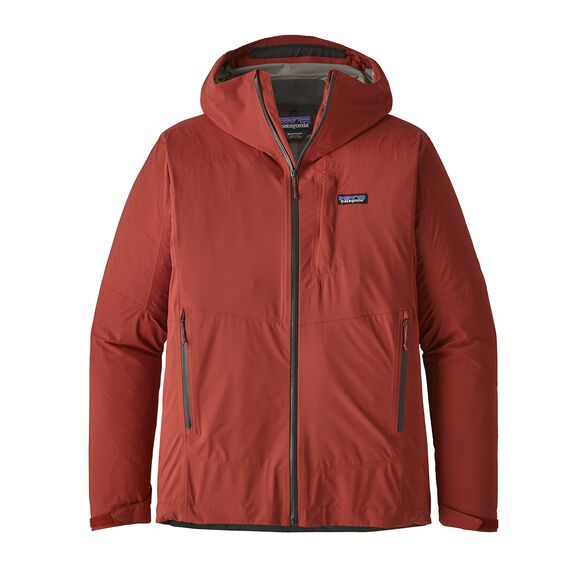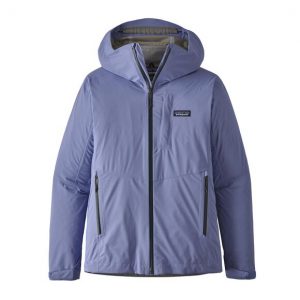While both polyester and nylon fibers (both used for the manufacture of apparel) are made from petroleum, the synthetic fibres of nylon are very different to other plastics and don’t break down anywhere near as easily. This makes recycling nylon more expensive, and being so cheap to begin with, many organisations simply discard nylon produced goods in favour of buying new.
It’s estimated that nearly 600,000 tons of fishing gear, including nylon nets, are discarded into our oceans every single year. Ten percent of the debris in the ocean is thought to be nylon and in 2018, during just one clean-up exercise in Washington State (USA), 870 ghost (or discarded) nets were recovered, in which 32,000 marine animals had been caught up.
Over the last 15 years, Patagonia have been exploring ways to develop a recycled nylon thread that would maintain the same quality and performance standards of a new thread, but be cost effective enough to be used in their own manufacturing process. One of the problems to overcome was the contamination of nylon. Nylon melts at a relatively low temperature. This means that non-recycled materials and bacteria can survive the recycling process. Think about a fishing net that has been stored on a boat or dragged across the ocean floor for years. Before these nylon nets can even enter the recycling stream, it must be thoroughly cleaned to remove third-party products and remove any potential bacteria.
However, in 2019, Patagonia finally released a new range of rainwear styles that each use a 100% recycled nylon face fabric in their construction. The Torrentshell and Stretch Rainshadow jackets each used 100% recycled nylon yarn while ensuring the same high quality and performance of comparable wet weather gear. This includes high waterproofness, breathability and durability, all at an affordable price. In a range of styles and colours, both jackets are now available in Australia.
So the next time you’re out in the rain in one of these new jackets, just think that the origin of your jacket might have been 20,000 feet below the ocean.




